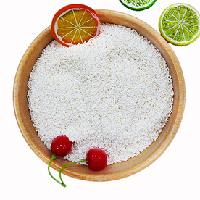-
Categories
-
Pharmaceutical Intermediates
-
Active Pharmaceutical Ingredients
-
Food Additives
- Industrial Coatings
- Agrochemicals
- Dyes and Pigments
- Surfactant
- Flavors and Fragrances
- Chemical Reagents
- Catalyst and Auxiliary
- Natural Products
- Inorganic Chemistry
-
Organic Chemistry
-
Biochemical Engineering
- Analytical Chemistry
-
Cosmetic Ingredient
- Water Treatment Chemical
-
Pharmaceutical Intermediates
Promotion
ECHEMI Mall
Wholesale
Weekly Price
Exhibition
News
-
Trade Service
Imagine being watched a drama
.
The curtain opens, the lights come on, and the characters appear
.
As the plot unfolds, we will gradually build a network of character relationships in our minds, such as friends and enemies, couple rivals, bandits A and so on
.
More interestingly, we will further form new knowledge from this, such as reasoning that two people who have never appeared together may be in the same camp
.
It can be said that an important ability of human beings is to constantly pursue the relationship between all things, which is also an important embodiment of
human intelligence.
Therefore, understanding how the human brain learns and reasons about the network structure behind this fragmented information is of great significance
for revealing the basic mechanisms of human intelligence.
To study this problem and its brain mechanism, the researchers designed a novel sequence prediction experimental paradigm and recorded electrical activity
with high temporal resolution.
Fifteen random images (Figure 1A, right) are selected and embedded in a community network structure (Figure 1A, left), and the probability transfer relationship between the pictures is determined by their interrelationship in the network
.
We recruited human subjects to complete this image prediction task (Figure 1B): they watched the image stream, predicted what the next image would be, and learned
through feedback.
In other words, the subjects had never seen the community network structure, but if they were able to successfully complete the prediction task, it showed that they had learned the relationship between these pictures, that is, formed the abstract community network structure
in their minds.
Figure 1.
Transfer network and sample trials
.
In terms of behavioral performance, human subjects did learn the "hidden" network relationship structure, which was manifested in the continuous improvement
of predicted performance.
The most central finding was that the researchers found neural representations of the structure of this abstract relationship network in human brain activity, which appeared about 540-930 milliseconds after the image was presented (Figure 2).
In addition, there is a close relationship between this neural representation and the predicted behavior of the subject, that is, the higher the similarity of the neural representation of the picture, the faster
the prediction is reflected.
Furthermore, the emergence of higher-order statistical structures has been found in behavioral and neural activity, manifested by the properties
of intra-cluster compression and intercluster distant.
Furthermore, by establishing and comparing multiple computational models, the researchers found that the human brain adopts the inheritor representation strategy to learn and reason to form a higher-order structure (Figure 3).
Figure 2.
Neural characterization
of low-order metastatic probability.
Figure 3.
Emergence of higher-order structures in neural signaling and computational models
.
In summary, Luo Huan and Zhang Hang's research group combined behavioral, neural and computational models to reveal the neural mechanism and computer theory behind the human brain's extraction and learning from continuous picture streams, and then establishing the neural mechanism and computer theory of high-order statistical structure (intracluster compression and intercluster distance) from this low-order transfer probability
.
The study, titled "Dynamic emergence of relational structure networks in human brains," was published online Nov.
10 in
Progress in Neurobiology, a major journal in cognitive neuroscience.
Dr.
Xiangjuan Ren, a postdoctoral fellow at the School of Psychological and Cognitive Sciences, Peking University, is the first author
of this paper.
Researcher Huan Luo and Hang Zhang from the School of Psychological and Cognitive Sciences of Peking University and the McGovern Institute for Brain Science are co-corresponding authors
of this paper.
This research was supported
by the National Science and Technology Innovation 2030 Major Project, the National Natural Science Foundation of China Key Project, the General Project, the Peking University New Engineering Program, the Peking University-Tsinghua Joint Center for Life Sciences, and the Peking University-Tsinghua Joint Center for Life Sciences Postdoctoral Program.
Full text link:
Ren, X.
, Zhang, H.
, & Luo, H.
(In press).
Dynamic emergence of relational structure network in human brains.
Progress in Neurobiology.
doi:https://doi.
org/10.
1016/j.
pneurobio.
2022.
102373
2022-11-11







